Does face yoga work? Practitioners reveal the true benefits behind this viral exercise
Does face yoga work? These yoga-inspired movements have additional benefits we didn't even think of
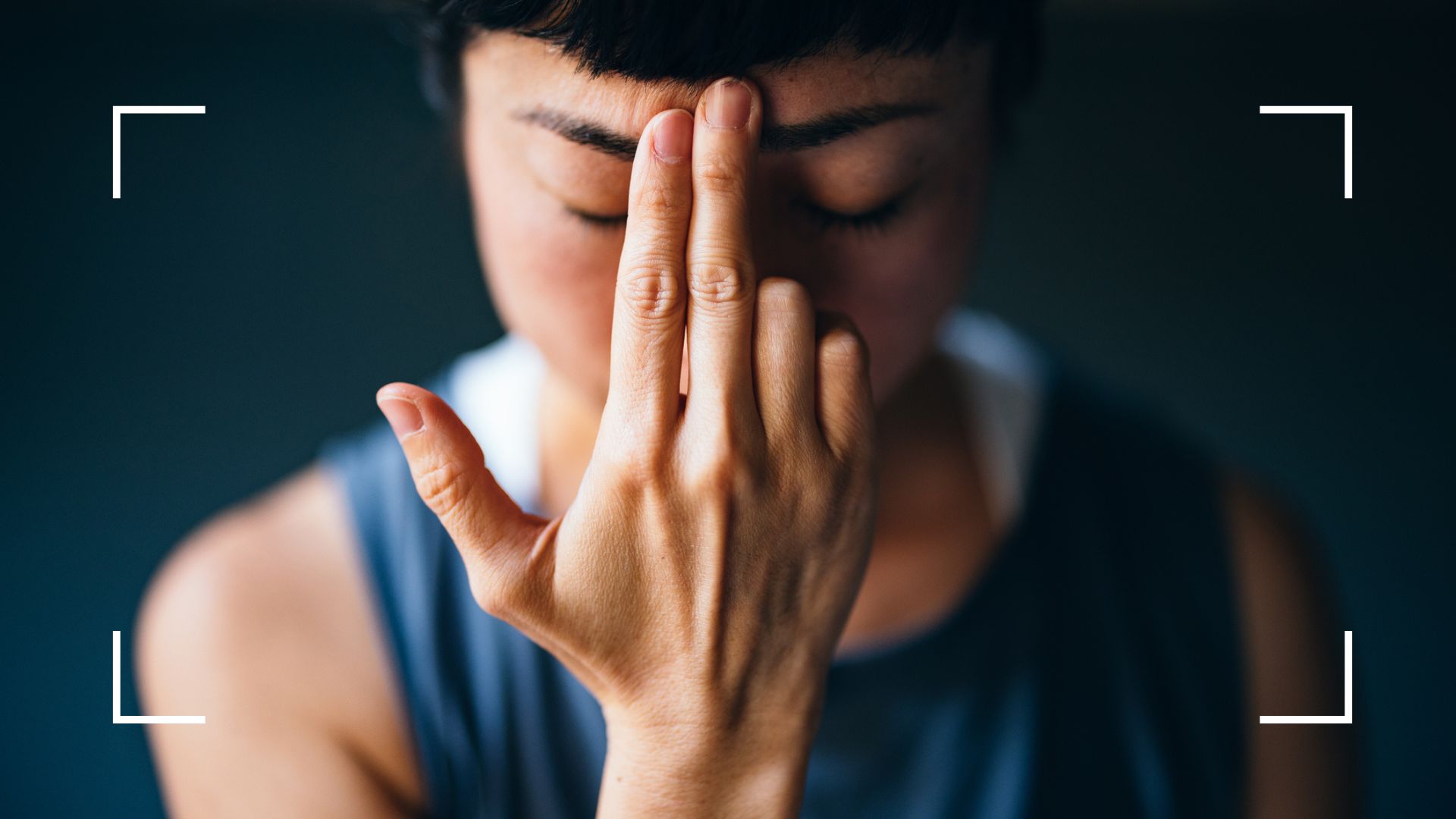

Grace Walsh
Wondering does face yoga work? You're not the only one. Since the routine went viral on social media (with Jennifer Aniston, Gwyneth Paltrow, and Meaghan Markle all reported fans), this unique practice has been everywhere.
We all know what yoga is and how beneficial it is to our health, fitness, and wellbeing, but can you take the general principles of yoga and apply them just to the face for the same benefits? We’re here to find out.
It might seem a strange idea initially, to practice yoga on just the face. After all, yoga is about so many things - stretches, poses, breathing, meditation - and the face is quite a limited area to carry out this practice. However, face yoga is very different from doing yoga as a workout, for obvious reasons. Still, just as we would begin with yoga for beginners, when it comes to face yoga it’s best to start gently and work your way through the practice.
What is face yoga?
Face yoga is a series of facial stretches and it can include some pinching of facial skin, tapping, and gliding motions. Those familiar with gua sha tools will be able to use these too, as part of the practice.
While those familiar with face yoga may know about its potential as an alternative to fillers and injectables, Kanika Sud, a certified face yoga teacher and an Ayurvedic practitioner is keen to stress its value as an alleviant for stress and anxiety.
Much like strength training and yoga focusing on the body, face yoga concentrates on particular muscles (one or a group of the 57 that are in the face). These muscles contract when we're stressed and contraction over a period of time , according to research by Manchester Memorial Hospital and the University of Copenhagen, can lead to tension headaches, reddening, tingling in the face, and even damage to the lips.
While it's not a replacement for adequate help, face yoga can be beneficial as a coping mechanism for temporary stress. "When combined with yogic breathing, face yoga exercises and stimulates the lymphatic system and improves vagal tone, and relaxes the face. All of this helps in alleviating tension, stress, and anxiety. With consistent face yoga practice, you tend to stop making the facial expressions associated with these feelings of stress and anxiety," explains Sud, who works with MyYogaTeacher.
Sign up for the woman&home newsletter
Sign up to our free daily email for the latest royal and entertainment news, interesting opinion, expert advice on styling and beauty trends, and no-nonsense guides to the health and wellness questions you want answered.
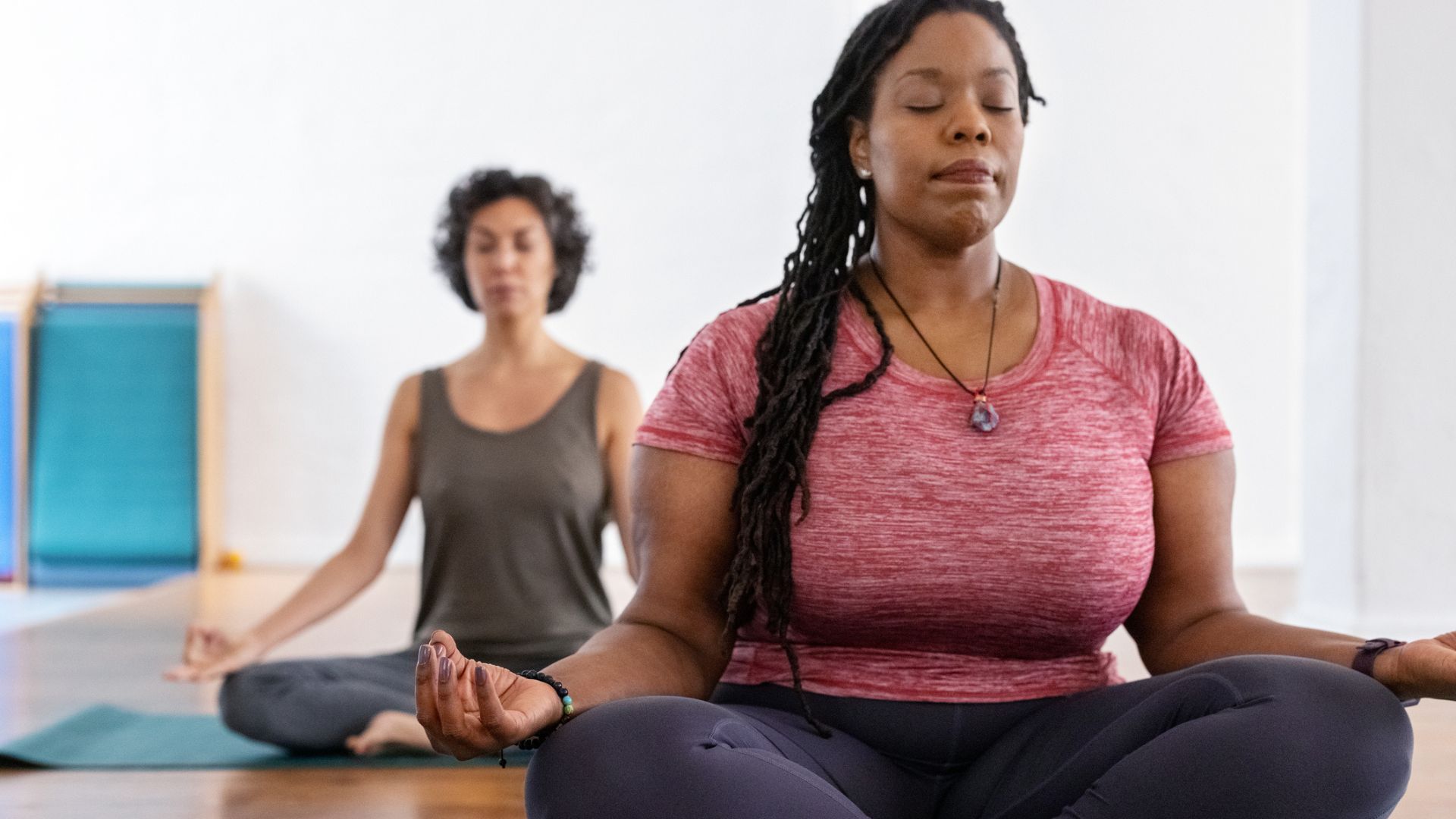
Does face yoga work?
Yes, while research on face yoga specifically is limited, there's evidence that it does work. For example, looking at the impact of the practice on appearance, a study by Northwestern University found that at-home facial exercises over a 20-week period improved mid-face and lower-face fullness, thanks to an increase in the muscle around the cheeks.
“Face yoga also stimulates areas of the face that can help improve the tone of the vagus nerve, which benefits physical and emotional health," says Sud. The vagus nerve is the main nerve in the parasympathetic nervous system. When we practice face yoga - or even some poses in regular yoga, like savasana or forward fold - we are targeting this area. This system, research from the University of Bern explains, helps to control the so-called 'fight or flight' response and is linked to how stressed we feel.
When it comes to face yoga's benefits for our appearance, Sud - who has seven years of yoga teaching experience - says: "When we’re under stress, we produce stress hormones (cortisol) which affect the skin. A gentle face yoga practice as self-care can really help us relax and connect with our skin."
It's a benefit that practitioners agree on. "Face yoga can work to improve both physical and mental health," says Brandt Passalacqua, a C-IAYT and E-RYT500 certified yoga teacher. "It can keep your face looking youthful and fresh, with some studies suggesting that it can improve muscle tone and complexion over time. Face yoga can also give you better sleep quality and self-esteem. And by encouraging mindfulness and relaxation, face yoga can relieve tension and reduce stress and anxiety."
As with any exercise, you need to commit and keep it up once you’ve started. But if you stick to the routine, results will soon become evident.
Benefits of face yoga
1. Stress relief
One of the main benefits of yoga generally is the impact it can have on our stress levels - and as explained, the same goes for face yoga.
“As with other forms of yoga, face yoga promotes mindfulness and relaxation, which can help to relieve stress,” confirms Passalacqua. Much of this is due to the breathing techniques used in face yoga and because the focus is on reducing pressure around the face and head, which holds onto tension in the body.
2. Muscle toning
As suggested by the Northwestern University study, face yoga has the benefit of 'toning' (aka. growing muscle) around the facial features giving your face a more youthful look over time. But as Sud explains, it also relaxes those muscles we tend to tense the most when we’re stressed, meaning it’s working our faces two-fold.
"Face yoga exercises can relax the overactive muscles while toning the weaker ones, which helps in improving their function, and prevents sagging," she says.
3. Increased circulation
Moving your facial muscles with face yoga can stimulate circulation throughout your face, which has a whole range of benefits in itself. “Improving blood flow to your face means getting more oxygen and nutrients to those skin cells, which can keep your skin looking healthy. This contributes to healthy skin and may also reduce swelling or puffiness in your face," says Passalacqua.
In general, research from Toyo University also suggests that better circulation via exercise can improve brain function, keeping minds sharper through the day.
Circulation via face yoga is achieved through the exercises, stretches, and ‘poses’ of the face, and also through some massage and gliding of the fingertips over the skin.
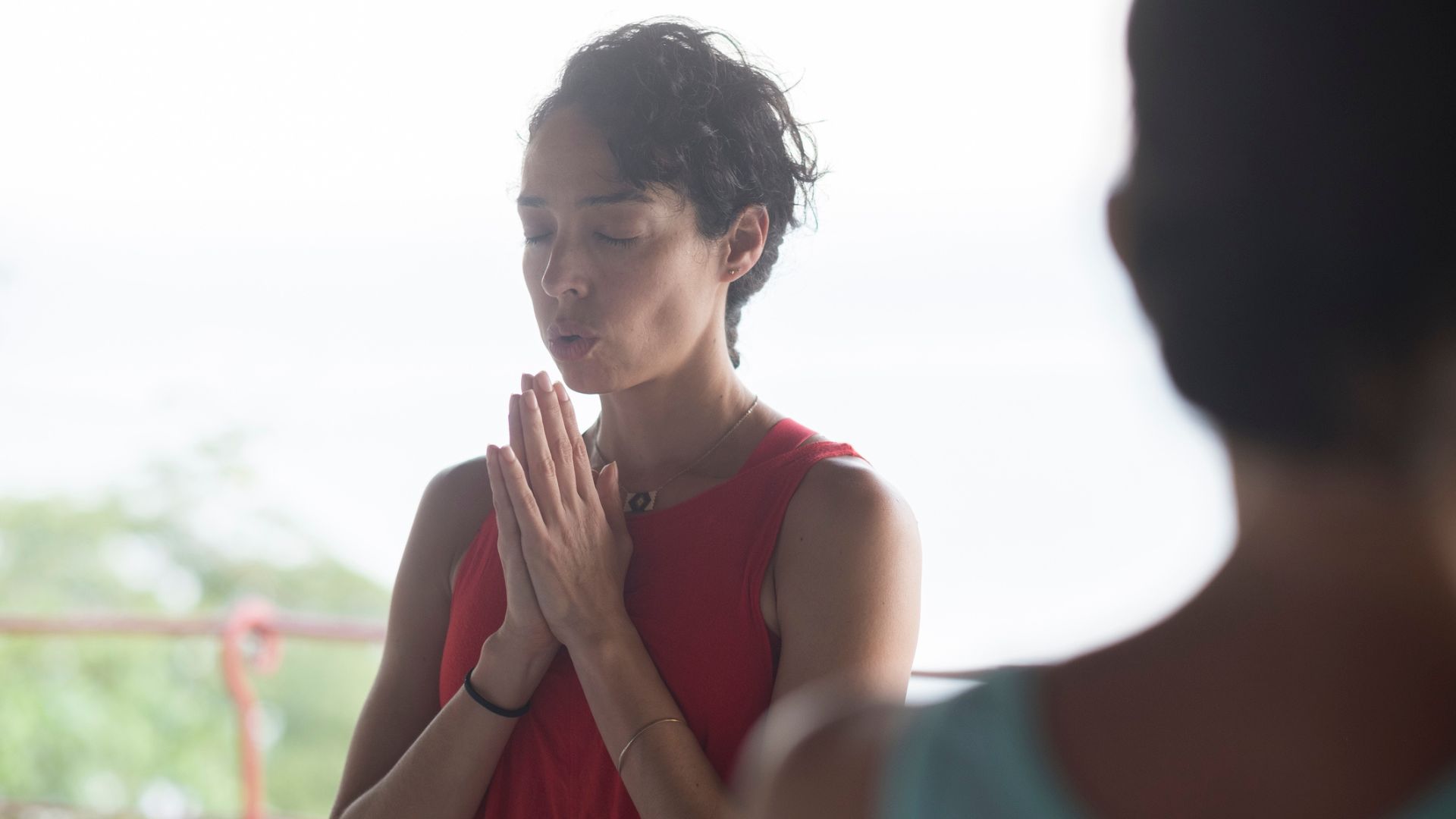
4. Fewer wrinkles
There's nothing wrong with having wrinkles, it's all part of the natural aging process. But if it's something that concerns you, face yoga may be able to help reduce their appearance.
As well as improved circulation, Sud explains that face yoga can help boost the production of hyaluronic acid. "This helps to hydrate the body’s fascia; elastin, which is important for hydration and flexibility; and collagen, which gives skin its incredible elasticity and strength and is also present in bones, ligaments, and tendons. Since collagen naturally dissipates with age, it contributes to wrinkles and sagging in the face, neck, hands, and other areas."
5. Face yoga supports the lymphatic system
Lymphatic drainage is the body’s process of draining excess fluid and helping to remove toxins and waste. Your body will do this naturally, but by giving it a helping hand with face yoga and massage, you’re ensuring a healthier lymphatic system.
"Face yoga is excellent for stimulating the lymphatic system and encouraging lymph drainage,” says Sud. “By facilitating excess fluid from our faces and removal of excess toxins and waste, the tensed muscles on the face are more relaxed, and the skin becomes less puffy and brighter.”
6. Promotes a better mood
Reduced stress levels, improved circulation, higher self-esteem for those bothered by fine lines and wrinkles, and improved lymphatic drainage - it should come as no surprise that all of the above leads to a better mood. In turn, a positive mood can help ease other issues, such as problems sleeping (for those without sleep-rated medical conditions).
“Face yoga can support and encourage higher self-esteem and good sleep quality because it includes smiling and other facial expressions related to positive emotions, which can actually help you to feel those emotions," says Passalacqua.
How to do face yoga
1. Warm up
Much like regular exercise, warming up for face yoga is essential. Unclench your jaw, relax your shoulders, take a deep breath, and blow out. Do this five times, or until you can feel your face, neck, and shoulders relaxing.
If you're feeling particularly stressed, this may be difficult to do. For this reason, Passalacqua says "it may be especially helpful to either start or end your yoga practice with face yoga, allowing you to warm up or cool down with these movements.”
2. Tapping
Tapping is an important part of face yoga and an element that can be done just before you get up in the morning or before you settle down for a good night's sleep. "We can lie down and gently tap or massage our neck and face area to stimulate the lymphatic system," says Sud.
How to tap as part of face yoga:
- Start by lightly tapping (with your index and middle fingers) the area between the eyebrows, up to your forehead and hairline, then back down to the temples.
- Move around the eyes, starting in the middle then to the sides and under-eye area.
- Tap under the nose, up to the cheekbones and across.
- Tap across your upper lip, across to the lower point of your cheek bones.
- Move to the center of your chin and work your way to your jawline and up to your ears.
- Don't forget the neck area too - start by tapping just under the chin, down your throat, and up the two sides of your neck.
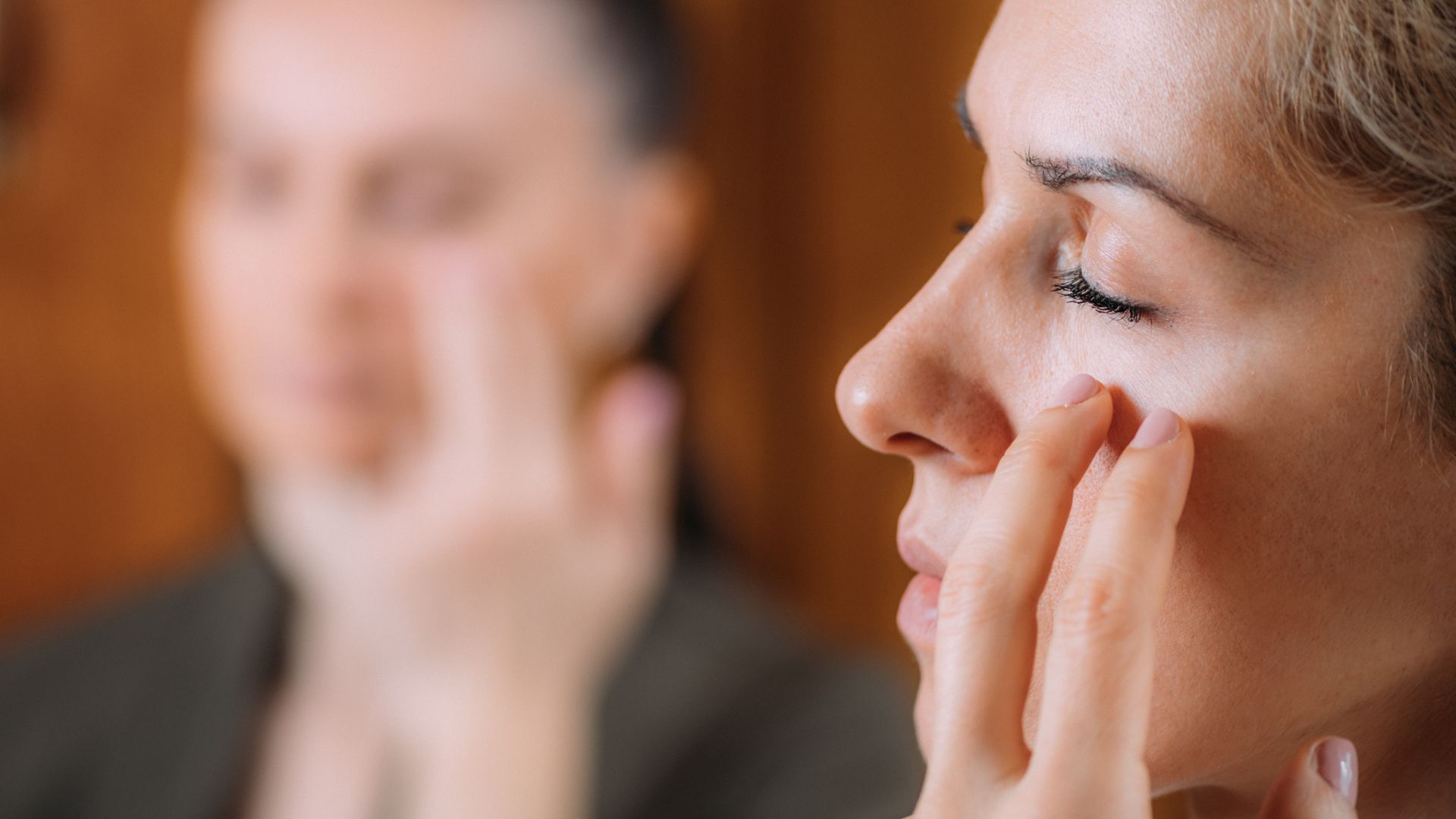
3. Stretch your jaw and neck
If you sit at a laptop or computer for most of the day or even just spend a lot of your time looking in one direction, stretching out can reduce discomfort in your jaw and the front of your neck.
To stretch out your jaw and neck:
- Open your mouth and turn your lower lip and corners of your mouth inwards, holding tightly and extending your jaw forward.
- Slowly and carefully, lift your chin up to the ceiling inch by inch until you feel a good stretch in your jaw and neck.
- Make sure you keep your shoulders relaxed and down throughout.
4. Balloon pose
The balloon pose is a great one for those keen to avoid using their hands during face yoga. "We can practice face yoga by isolating and engaging specific facial muscles which don’t require our hands while walking and so forth, or during asana practice for the body e.g. balloon pose while practicing cobra pose or seated twists," says Sud.
To do balloon pose:
- Close your mouth and press your lips together.
- Fill the space under your top lip with air and hold it for 10 seconds.
- Move the air into your left check, hold it for 10 seconds.
- Then move it into your right cheek for 10 seconds.
- Repeat this 10 times.
5. Lift your eyebrows
- Press three fingertips underneath your eyebrows, lifting your eyes open.
- Smile, and work against your fingers with your eyebrows, pushing them down.
- Hold this position, close your eyes, and try to roll your eyeballs towards the back of your head.
- Release and repeat three times.
How long does it take to see results?
“Practicing a handful of face yoga exercises twice daily for 15 minutes, or once for 30 minutes, is essential," says Sud, pointing to the benefits of doing yoga every day. "After three to four weeks, you will start to see visible results."
However, much like any type of activity, you should practice regularly to get the most out of face yoga. "In most cases, it will work best to practice face yoga several times per week, if not daily, and you will likely start to see results in a few weeks or months," says Passalacqua.
As with all routines though, how often you should do yoga depends on how much you want to get out of the practice. The time it takes to see results from face yoga will depend on your unique circumstances, what you practice and how often, and what results you're looking to achieve.
Samantha is a freelance writer from Yorkshire, writing about health and wellbeing for Woman & Home, Reader's Digest, Giddy, and Good Housekeeping. For the past 15 years, she's combined her personal experiences with reporting, to write about menopause, fitness, sleep, and healthy eating. She also writes about travel and food and drink for The Independent, The Good food Guide, Lonely Planet, Frommer's, and more.
- Grace WalshHealth Channel Editor
-
 The Handmaid's Tale: Does June get Hannah back at the end of season 6?
The Handmaid's Tale: Does June get Hannah back at the end of season 6?It's been June's endgame from the very first moments of The Handmaid's Tale, but will she be reunited with her daughter Hannah at the end of season 6?
By Lucy Wigley
-
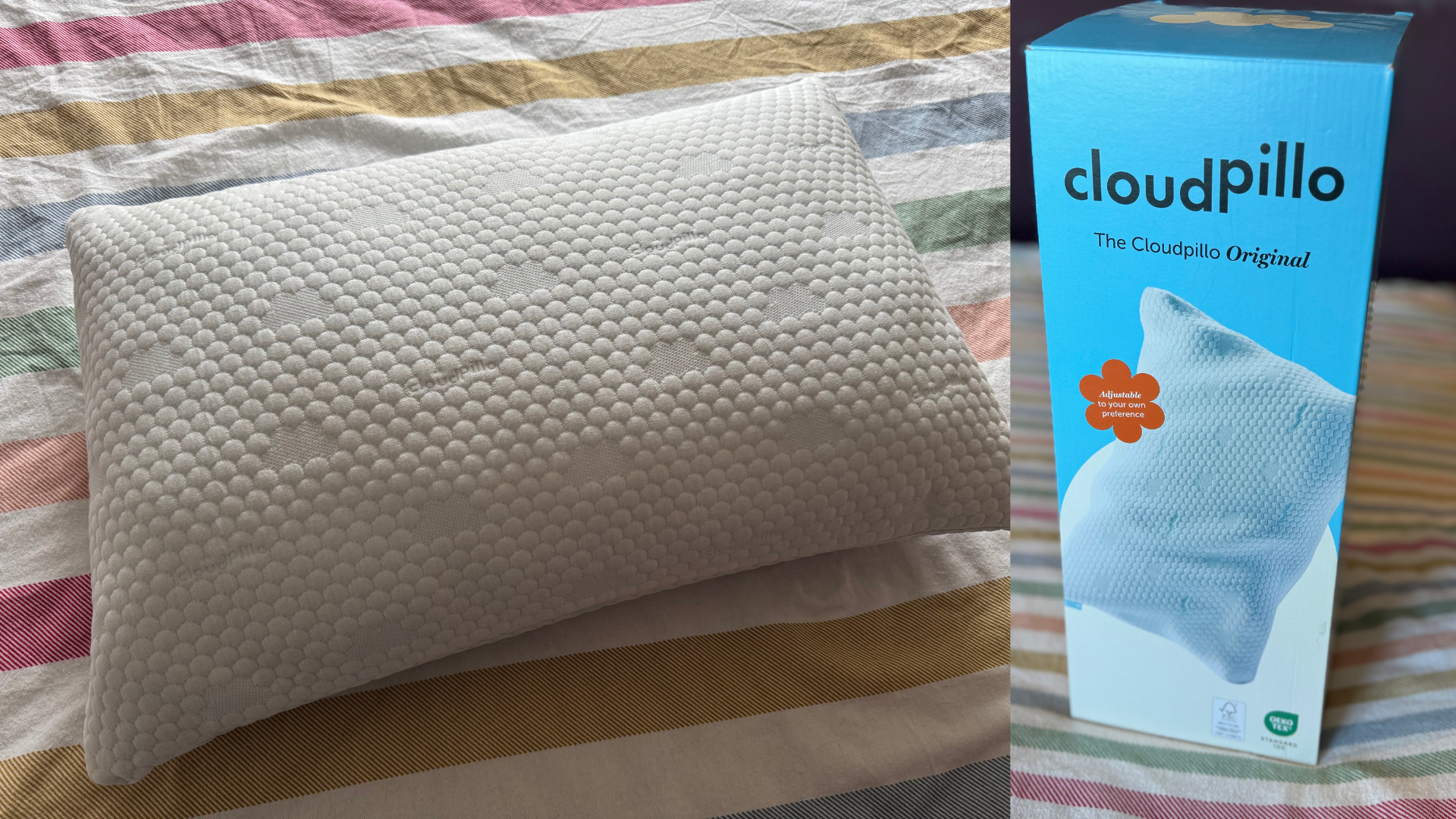 My decades-long quest for the perfect pillow ends here, but forget what you think you know about memory foam
My decades-long quest for the perfect pillow ends here, but forget what you think you know about memory foamPacked full of tiny pieces of shredded memory foam with a dual-sided cover to keep you cool, this is the next best thing to sleeping on a cloud
By Heidi Scrimgeour